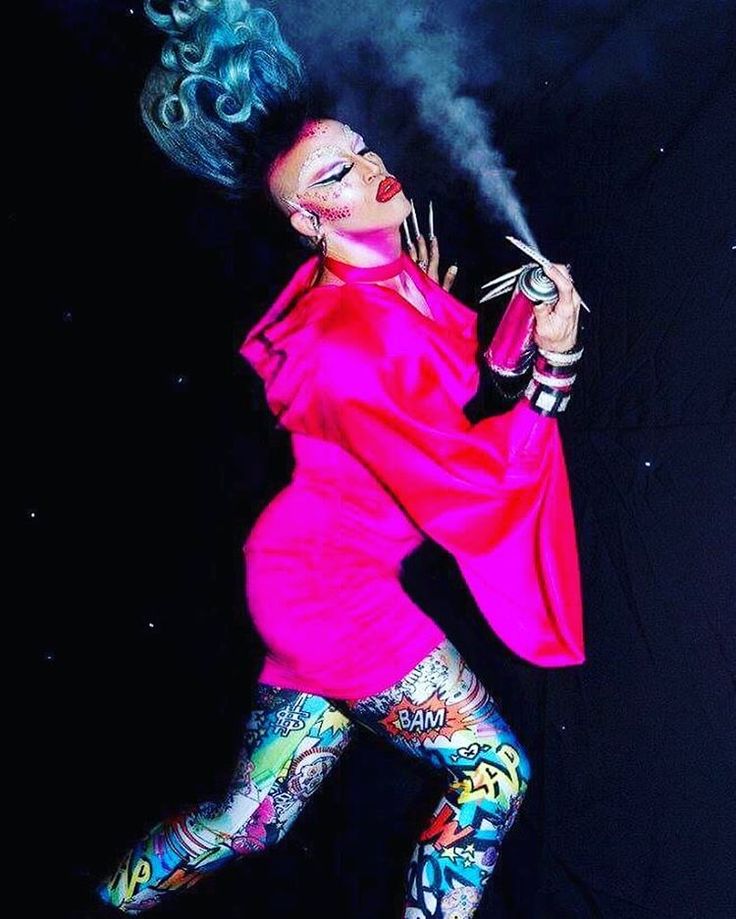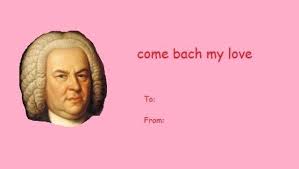Ten years ago, Rupaul and World of Wonder undertook one of the most prevalent and eye opening LGBT journeys to hit reality TV. This of course, is none other than Rupaul’s Drag Race. Even if you’ve never seen the show or know little about drag queens, you’ve most likely heard of it. Every season, hundreds of drag queens across the nation audition to be cast on the show, and thirteen or fourteen are picked to compete for the title of America’s Next Drag Superstar. They are given a number of design, performance, comedy, and other challenges to test their skills and heart, and are judged based on charisma, uniqueness, nerve and talent. Each year, the show brings a new incredible odyssey and collection of stories.
Drag has always been a vibrant celebration of queerness and art, exaggerating and bending the concepts of femininity and the media. With the exception of unforgettable cult classics such as Rocky Horror and The Adventures of Priscilla, Queen of the Desert, it seems that common entertainment had been incredibly lacking in the showcase of these performers. An artform infamously misunderstood and attacked, drag remained somewhat underground, beyond the walls of the queer community for years. However, this competitive TV show seems to have blasted drag in all of its beauty into the bright spotlights of pop culture, and over the years, has cultivated a much broader community of recognition and support.
Especially because of the channel switch from Logo to VH1, the diversity of the fanbase has grown and developed colossally. Not only is this impactful to the lives of seasoned queens who have been fighting for recognition for years, we’re starting to see an entirely new generation of young artists within the realm of drag and individuality come forward. Young people and those who otherwise felt pressured by society to hide these personal expressions now have a much stronger support system and a group of role models to inspire them and make them feel accepted.
An incredibly important aspect of the show is the diversity of the casts each year. We see all kinds of queens of all races, ages, sizes, backgrounds and styles. So many strong, confident characters on Rupaul’s Drag Race have shown us that as long as you believe in yourself and commit to your art, no common societal restraints should get in the way of your success. Our understanding of what drag is—and how many different things it can be—has grown along with the show. Our minds and imaginations opening further and further with the new exposure year after year. This kind of exposure and growth is so refreshing and so crucial to anyone that has ever been told that who they are does not fit a particular mold.
The past decade has been a tremendous one for the international drag community. Rupaul and everyone else involved have created and attracted a beautiful audience of appreciation from all walks of life, and a platform for budding drag queens to follow their dreams, regardless of what they look like or how they express themselves. Obviously, as queer people, we will always have more work to do to be accepted in society, but Rupaul’s Drag Race continues to be a huge step in the right direction for a too often misrepresented group of incredible artists.
Drag has always been a vibrant celebration of queerness and art, exaggerating and bending the concepts of femininity and the media. With the exception of unforgettable cult classics such as Rocky Horror and The Adventures of Priscilla, Queen of the Desert, it seems that common entertainment had been incredibly lacking in the showcase of these performers. An artform infamously misunderstood and attacked, drag remained somewhat underground, beyond the walls of the queer community for years. However, this competitive TV show seems to have blasted drag in all of its beauty into the bright spotlights of pop culture, and over the years, has cultivated a much broader community of recognition and support.
Especially because of the channel switch from Logo to VH1, the diversity of the fanbase has grown and developed colossally. Not only is this impactful to the lives of seasoned queens who have been fighting for recognition for years, we’re starting to see an entirely new generation of young artists within the realm of drag and individuality come forward. Young people and those who otherwise felt pressured by society to hide these personal expressions now have a much stronger support system and a group of role models to inspire them and make them feel accepted.
An incredibly important aspect of the show is the diversity of the casts each year. We see all kinds of queens of all races, ages, sizes, backgrounds and styles. So many strong, confident characters on Rupaul’s Drag Race have shown us that as long as you believe in yourself and commit to your art, no common societal restraints should get in the way of your success. Our understanding of what drag is—and how many different things it can be—has grown along with the show. Our minds and imaginations opening further and further with the new exposure year after year. This kind of exposure and growth is so refreshing and so crucial to anyone that has ever been told that who they are does not fit a particular mold.
The past decade has been a tremendous one for the international drag community. Rupaul and everyone else involved have created and attracted a beautiful audience of appreciation from all walks of life, and a platform for budding drag queens to follow their dreams, regardless of what they look like or how they express themselves. Obviously, as queer people, we will always have more work to do to be accepted in society, but Rupaul’s Drag Race continues to be a huge step in the right direction for a too often misrepresented group of incredible artists.


